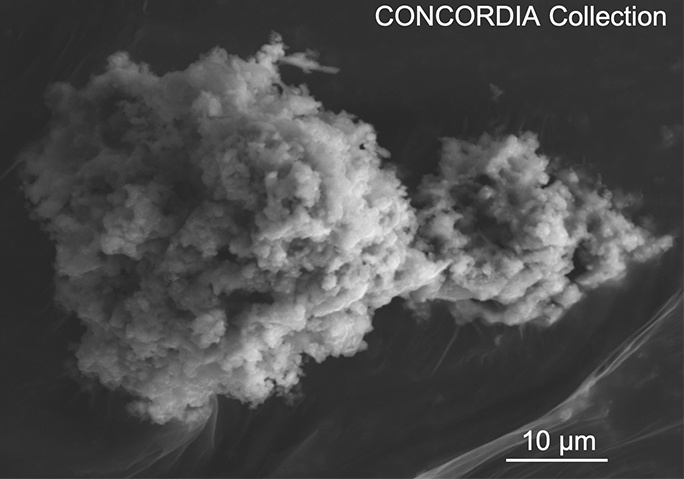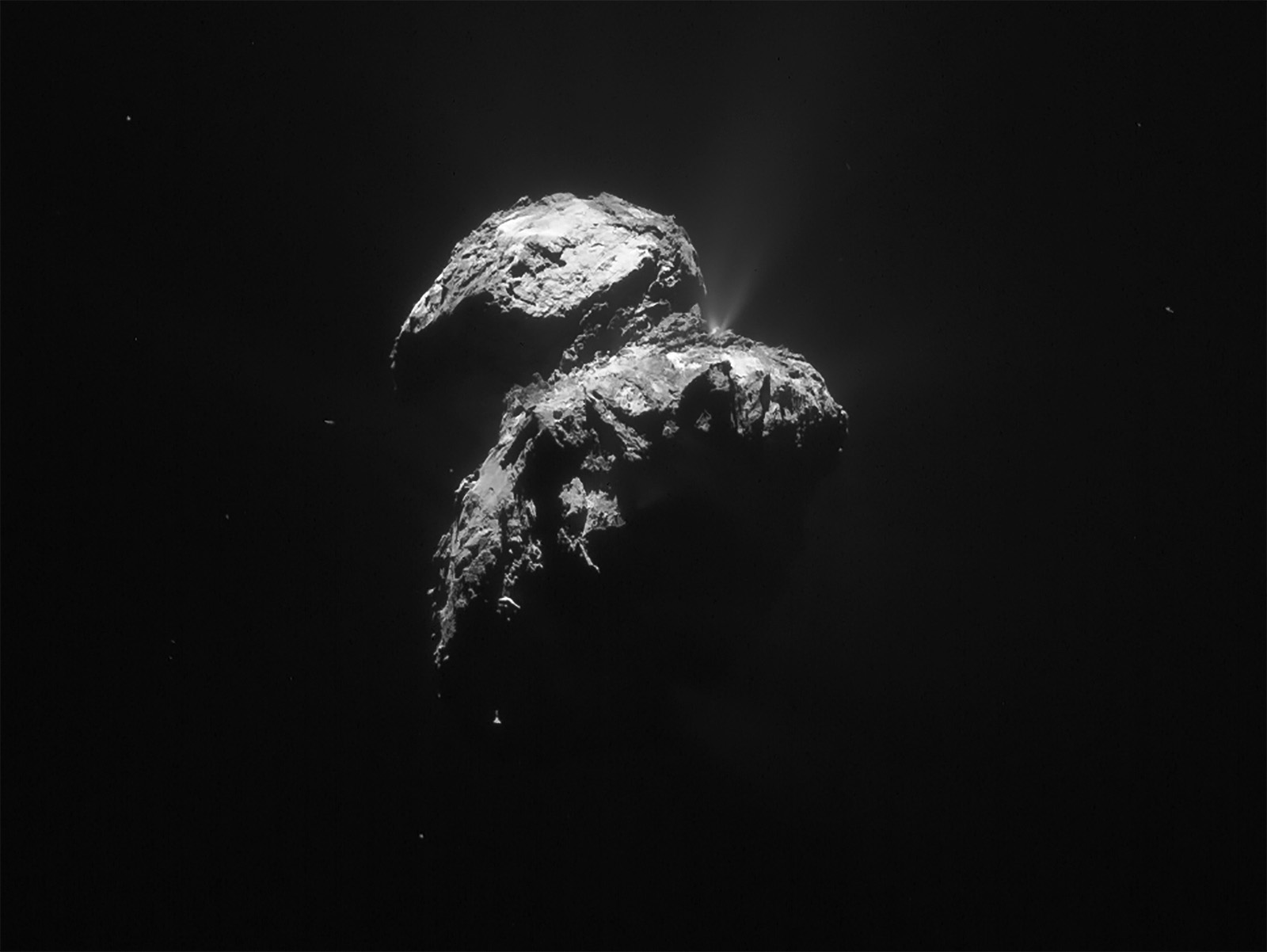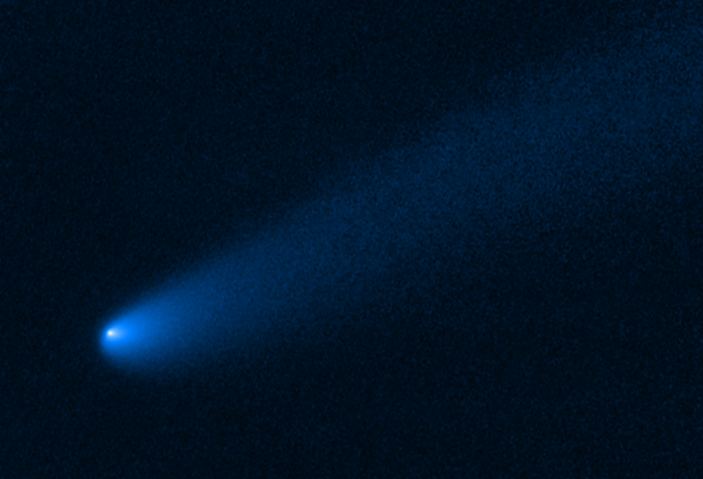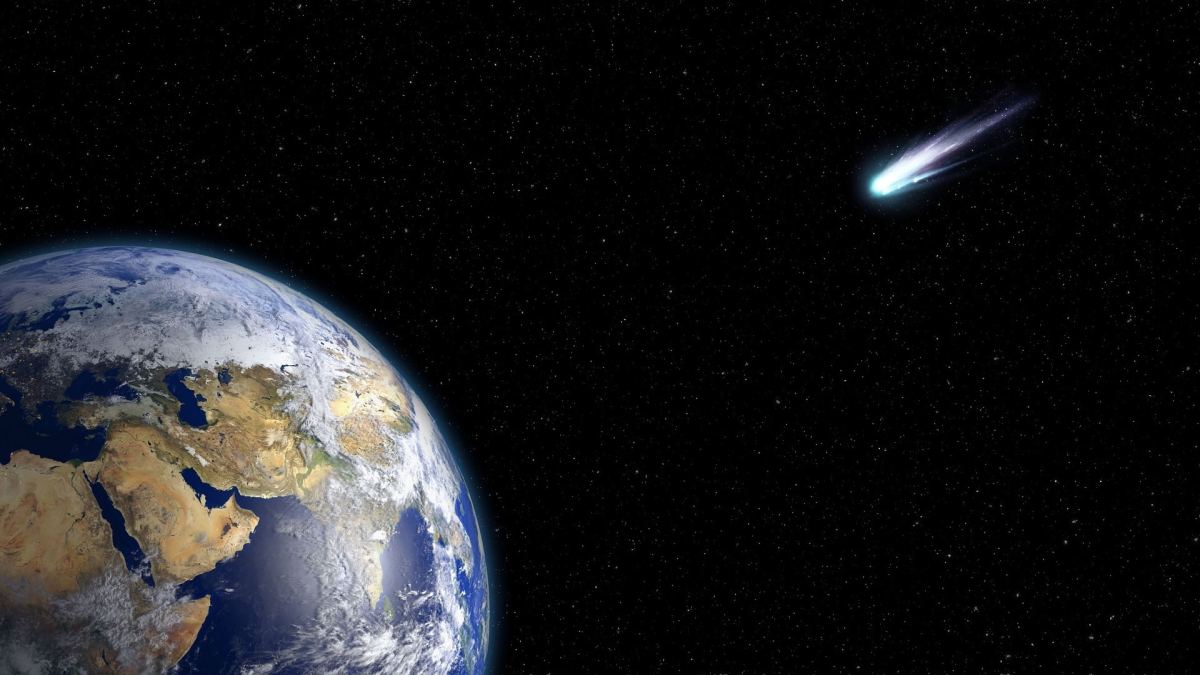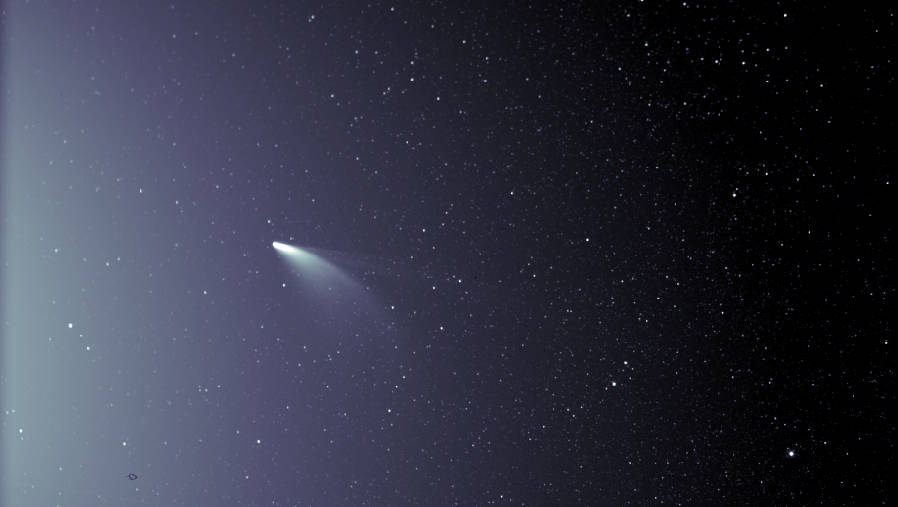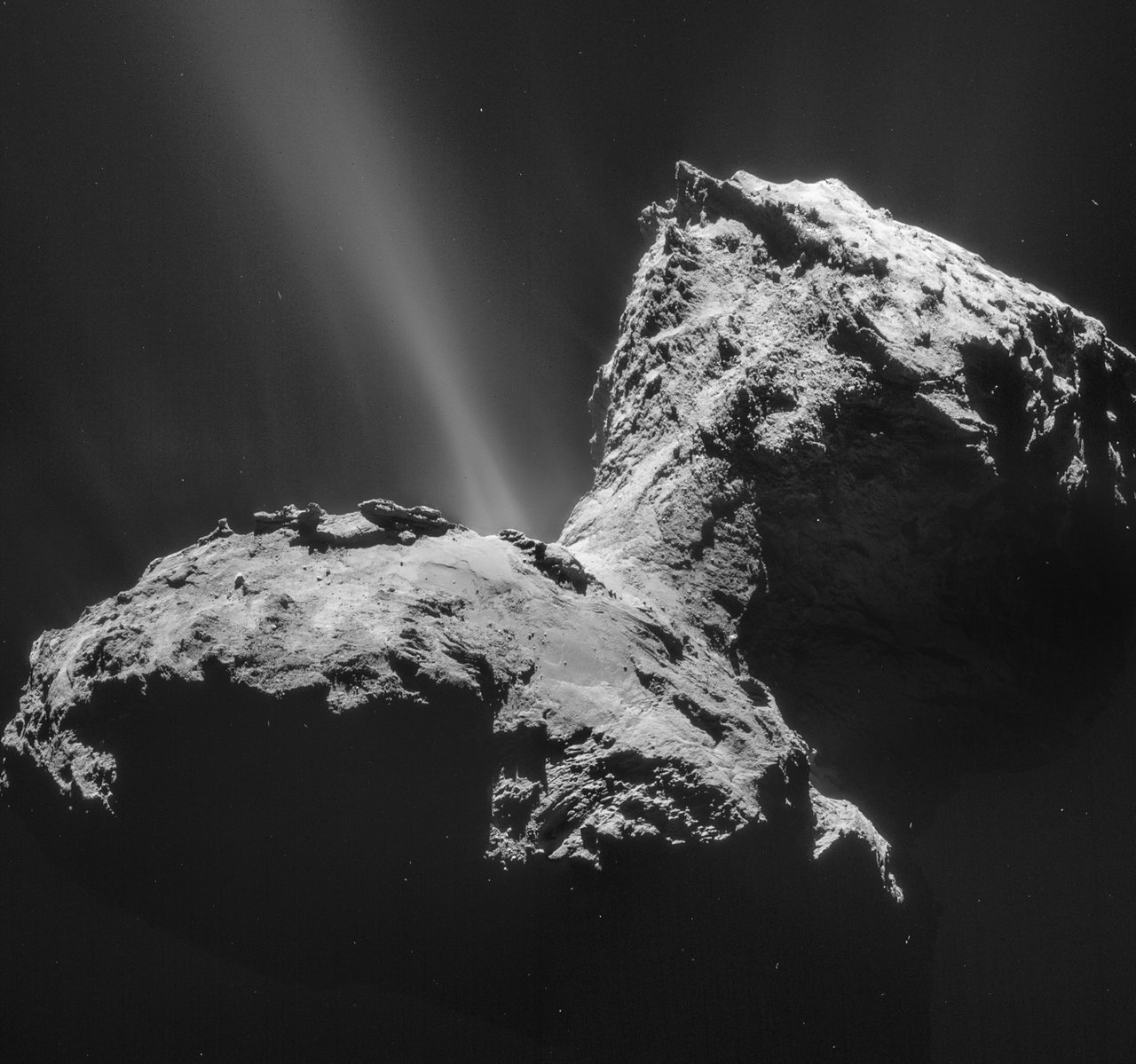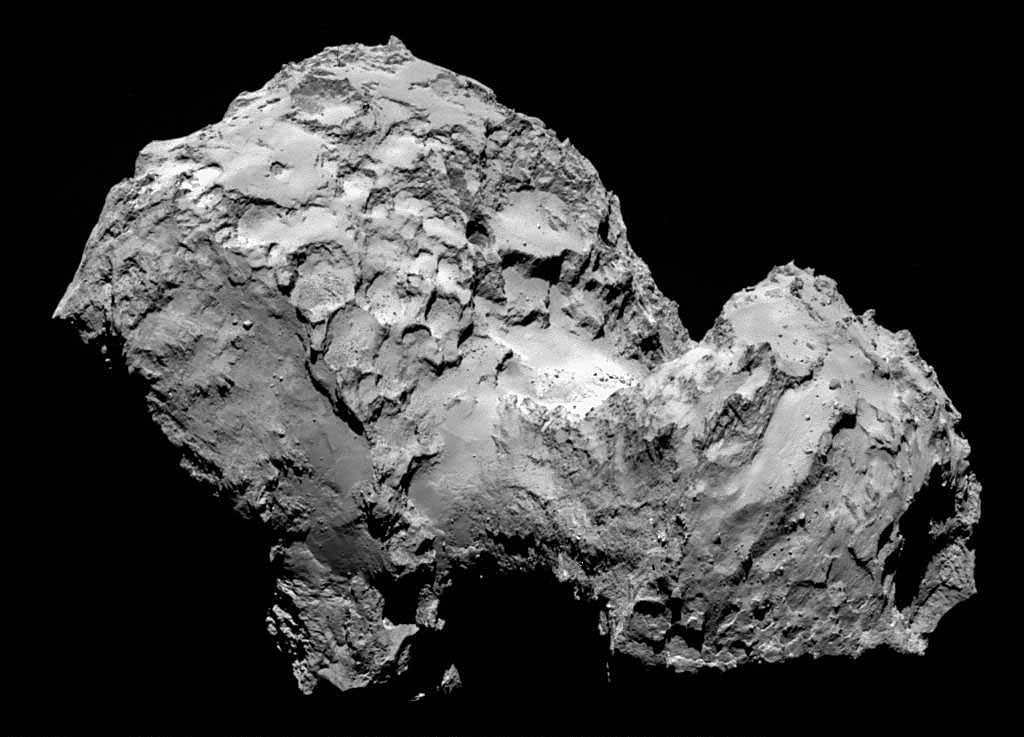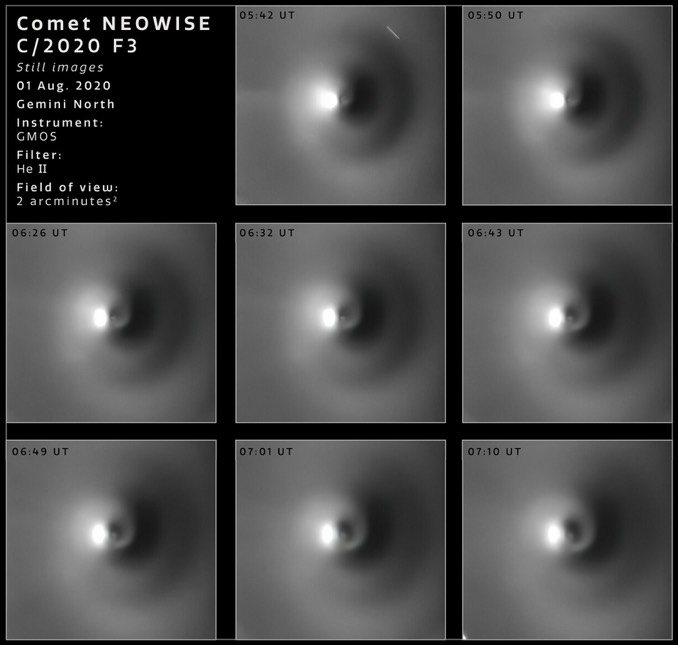In August 2014, the ESA’s Rosetta spacecraft arrived at its destination, Comet 67P/Churyumov-Gerasimenko, after a 10 year journey. Rosetta carried a small companion, the Philae Lander. On November 12th, Philae was sent to the surface of Comet 67P. Unfortunately, things didn’t go exactly as planned, and the lander’s mission lasted only 63 hours.
During that time, it gathered what data it could. But mission scientists weren’t certain of its precise location, meaning its data was difficult to interpret accurately. Only when scientists knew precisely where Philae was located on the comet, could they make best use of all of its data.
Continue reading “Rosetta’s Philae Lander Was Alive on the Surface of 67P for 63 Hours, Trying to Communicate”

